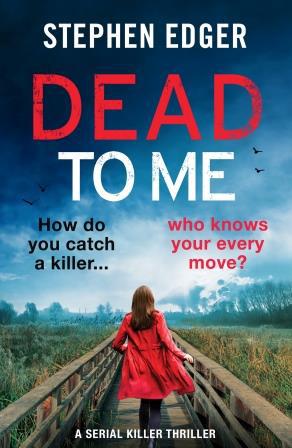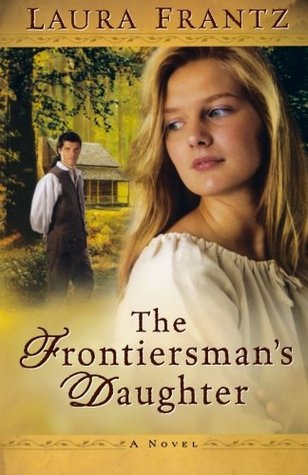So far this year, I’ve been drawn to more serious subject matter. I’ve written about it here and here and here.
Today’s another one. The difference this time is that the book in question, One of Us: The Story of Anders Breivik and the Massacre in Norway, shredded me. I don’t just mean that this book made me sad.
This book broke me.
I had to take breaks from this book. I was in tears, I was sobbing reading this book.

This book, by Åsne Seierstad, started when the author was asked to write a piece about the massacre for Newsweek. Seierstad was used to writing about conflict in the Middle East, about war happening in far away places, but her home in Norway was always a peaceful refuge from her work. Now the conflict had bled into her home.
The result is a stunning portrait of what happened: in Anders Breivik’s life, in Norway over the past 40 years, in Oslo and on the island of Utoya on that summer day in 2011.
Seierstad doesn’t just look at the radicalization of Breivik – his wreck of a home life, days as a tagger in the city, and the eventual descent into hatred and delusion that saw him plant a bomb in the centre of Oslo before shooting a bunch of unarmed teenagers on a secluded island.
She also looks at the lives of those lost: Simon Saebo, a teenager from the north of Norway who had a summer job at the cemetery and started a local youth branch of the Labour Party; Bano Rashid, whose family fled the war in Iraq, who was so intent on becoming a “proper” Norwegian and loved the traditions of her adopted country, and hoped to become a minister one day; Anders Kristiansen, another young man who thought one day he could be Prime Minister, who had asked his mom to weave him a blanket the colour of the summer sky. By the time the book gets to that day in July, you know these kids, their families, their hopes and dreams.
And this is why this book was so difficult to read – possibly the most difficult book I’ve ever read – these children had their whole lives ahead of them. Each of them was hard-working, clever, decent and they all had plans for working towards a better Norway, a better world. And some asshole, blinded by hatred, fueled by delusions of grandeur, took it upon himself to end their promising young lives.
Seierstad tells a complete story. The before, the after, the trial, how the families are coping; but she also includes about 60 some odd pages of the actual shooting. I wasn’t prepared for that. She looks at the response of the Norwegian authorities, how things maybe didn’t go as well as they could have. She is critical but you get the sense that everyone in Norway was just flabbergasted that anything like this could happen there. Altogether, this adds up to one gut-punch of a book.
I’ve thought about those kids often in the days since I read it; about their parents and siblings having to navigate the rest of their lives without them. Seierstad got approval from all the families of those whose children’s last moments are covered in the book – their families don’t want them to be forgotten. Reading this book seems like a good start in honouring their memories.
Advertisements Share this:




